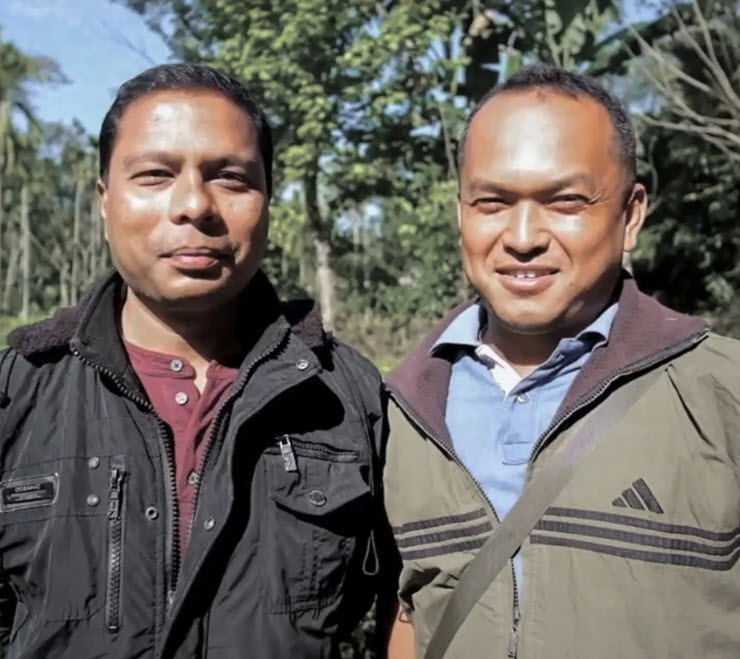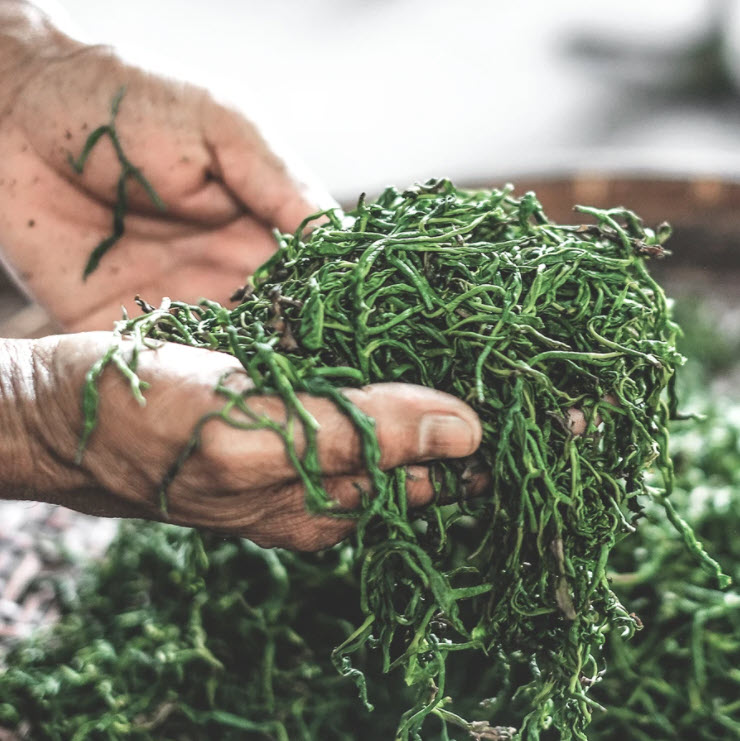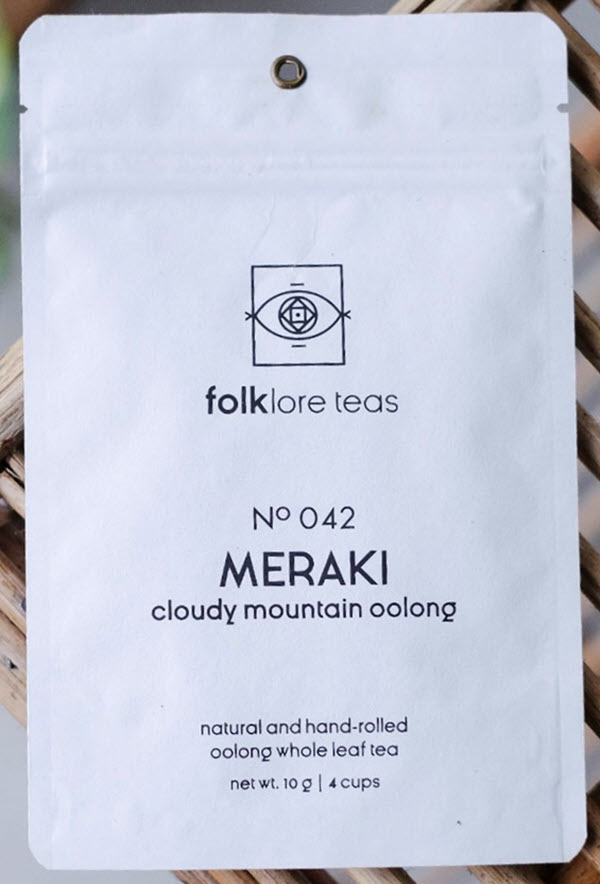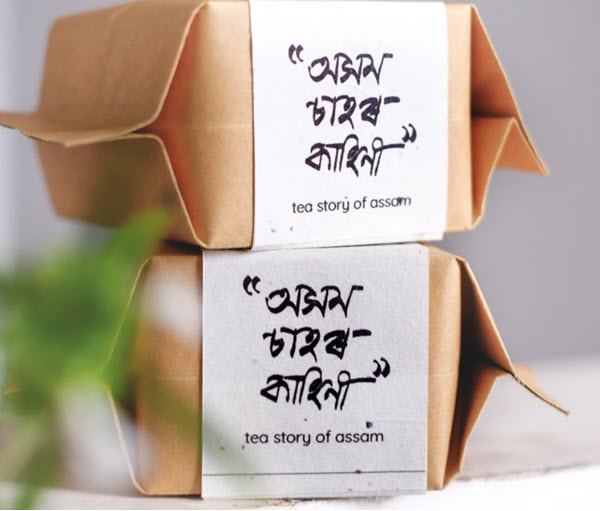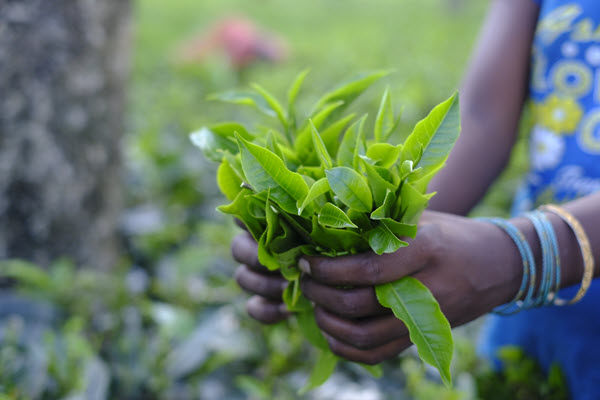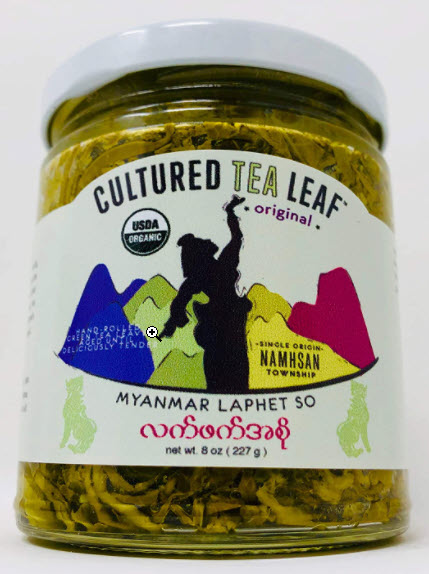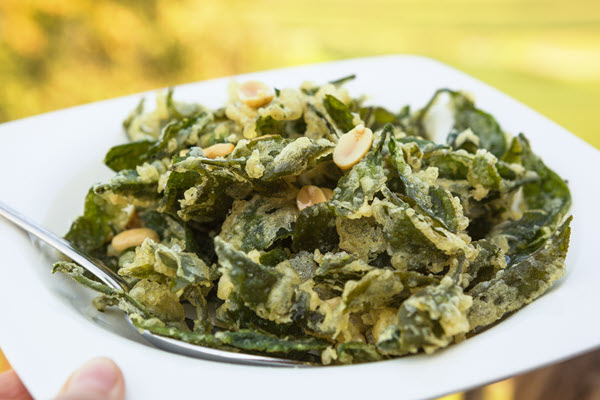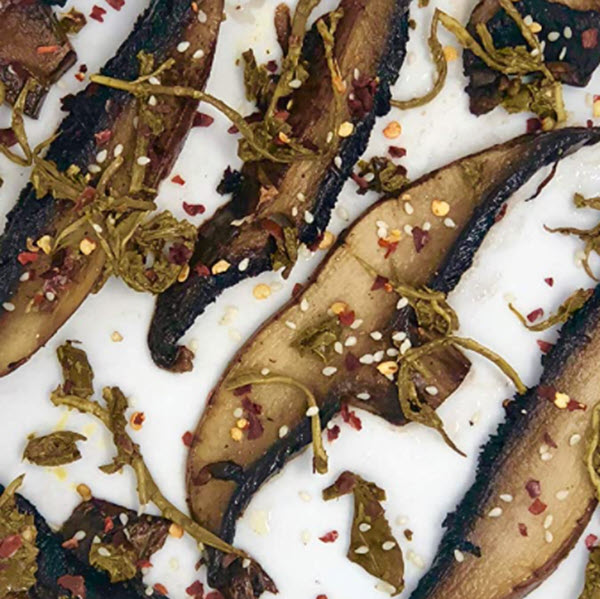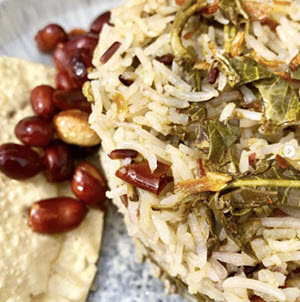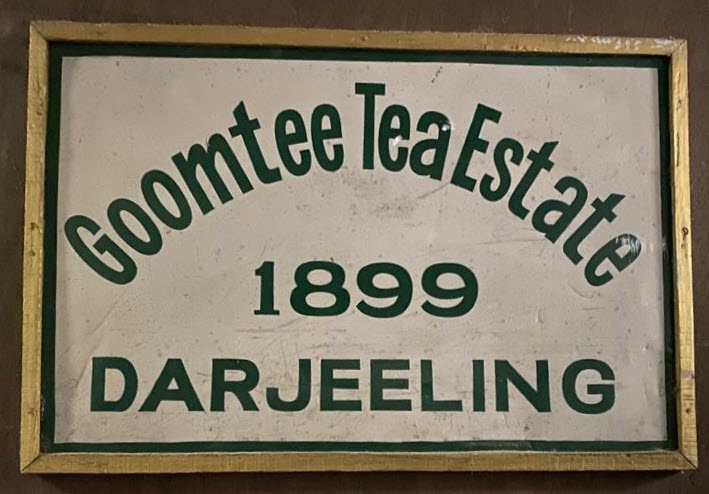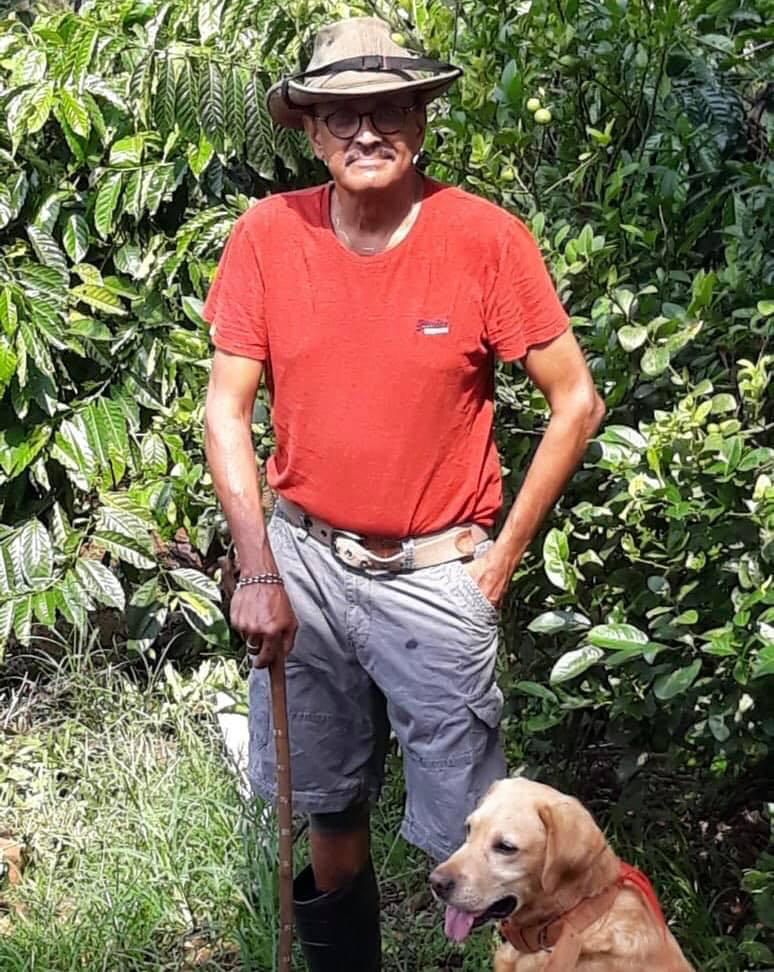India’s traditional tea plantation model is under regulatory scrutiny. The union government recently amended legislation from the 1950s to gradually loosen regulations, abandoning requirements that previously limited who could grow tea and where it could be grown. Amending the Tea Act and redefining the mission of the Tea Board of India will follow. In Part 1 of this extended Newsmaker Interview, Aravinda Anantharaman speaks with Tea Board of India Chairman Prabhat Bezboruah to better understand the current situation and the economic and societal forces driving change.
Listen to the interview, Part I

Part I: Current Challenges and Expectations
The Tea Board of India has been in the news recently for various reforms now underway. We spoke to Tea Board Chairman Prabhat Bezboruah to better understand the changes that are brewing with the Board and to learn his views on how the Indian tea industry is faring this year. Bezboruah has been chairman since 2017. An alumnus of IIM Calcutta and the Wharton School of Business, he is the first tea planter to hold the position.
Aravinda Anantharaman: How has 2021 been for the Indian tea industry?
Prabhat Bezboruah: It’s been quite bad. 2020, despite the lockdown and that tea gardens were shut for a while, turned out to be a pretty good year for tea. When supply is restricted, prices go up. This year, Indian volumes have recovered almost to 2019 levels, but demand is sluggish.
I personally don’t believe demand contracted over the COVID epidemic. But it’s sluggish, it’s stagnant, growing at maybe 1% or so. 2019 was a bad year for tea, and 2021 will be a pretty bad year, especially for the South Indian tea industry where the prices are lower even than 2019.
Aravinda: Are rising costs and slowing exports the primary reason?
Prabhat: The primary reason is volume output. The crop has bounced back to 2019 levels. Remember, we had record exports in 2019. Last year, exports were about 210 mkg. This year they’re likely to be lower.
[In 2020 tea production declined to 1,257 million kilos and exports dropped by 16% to 208 mkg, down from 249 mkg in calendar 2019. CTC, at 150 mkg, accounts for nearly 60% of the country’s total tea exports – Tea Board Production by Region 2019/20].The whole logistics chain is broken. There are various reasons Indian tea is uncompetitive. Kenyan teas are still available cheaper than equivalent Indian teas. South Indian doesn’t compete with Kenya. Orthodox exports from South India are decent, they compete with Sri Lankan exports. The South Indian CTCs are much lower in the value chain. Indian CTC exports are going to be very badly affected because Kenyans are available much cheaper. Overall, the export’s scenario isn’t very bright, and the domestic demand is also sluggish, prices are down every way.

Prabhat Bezboruah
Aravinda: Will growers carry forward tea again, this year, like in 2019?
Prabhat: There might be some carry forward stock because exports are going to be much lower than 2019, but in 2019 we made 1,340 million kilos and we exported 250 million kilos. If our exports had been at the 2019 level, you wouldn’t have seen any carry forward this year.
Aravinda: India’s hospitality industry has still not recovered from the pandemic. What is the impact on tea?
Prabhat: Hospitality is a fairly large chunk of demand in India. Hospitality includes tea stalls, roadside tea stalls. That’s a big demand. But the total out-of-home (OOH) demand for tea in India is only around 15% of the total demand. In-home drinking of tea has increased to offset some of the droppings in OOH. I don’t buy the story that Indians are drinking less tea in 2021 than they were even in 2019.
I don’t think you’re really going to see a very bad last quarter as far as demand is concerned. I don’t know about prices, but I think that demand will be there.
Aravinda: You’ve spoken about the need to liberalize the market. What would you say is the current reliance on auctions as a price discovery platform? What needs to change?
Prabhat: I’ve always thought that the auctions are a good place to sell your tea provided it’s the only place to sell your tea. You can’t have a system that acts as the primary price discovery mechanism – that’s the auction – and then expose it to manipulation. There’s no overt collusion among the main buyers because they are companies that are bound by very strict ethical codes and they do follow those codes. I would hasten to dispel the notion that there is any overt collusion between, at least the big boys, so to speak.
In any auction, there’s what’s known as a demand multiplier. Even the biggest buyer, to get a million kilos of tea, for example, needs to bid for 2 or 2.5 million kilos of tea because they don’t get every lot they bid for. So if you take away demand from the auction if a buyer has a total tea demand requirement of 50 million kilos, and you permit him to buy 30 million outside the auctions, the level of competition in the auction will be affected not only for the 30 million that he doesn’t buy, but another 40 or 50 million that he would have had to bid for in order to buy that 30 million. It’s actually a no-brainer that if you have parallel systems running, even if there’s no overt collusion, you’ll be weakening the auction. So, therefore, the auction should not be the price barometer, but it is. I don’t believe that a dual system can survive. Now we need to sell 50% of our teas in the auctions, but buyers don’t need to buy 50% of their purchases in the auctions. So it’s a total hodgepodge. I have brought up the issue repeatedly at the Tea Board. Now they have Mahadevan’s report (a reference to the report by Prof. Mahadevan of the IIM-Bangalore, recommending the Japanese auction model) in hand. Even that is being implemented very slowly. That’s not a panacea, that will not be a panacea unless you ensure that 100% of tea is sold through the auctions. If you can’t do that, I feel that the government and the Tea Board should withdraw from the auctions. The brokers, who sell tea on behalf of the producers to the buyers can organize their own auctions. That won’t be a price barometer. It would be like any other sale.
There would be competition. The marketing of tea, the primary marketing of tea would be liberalized in a way that would benefit everyone. The alternative, as I told you before, and I’m repeating myself, is to have everything sold in the auction.
The tea auction should not be the price barometer, but it is. I don’t believe that a dual system can survive.
– Prabhat Bezboruah
Part II: Tea Board Reform and Changing Priorities
During the past few months, the Tea Board of India has shown signs of change. Stakeholders, many of whom expressed concerns, have met on several occasions to better understand the prevailing views of the Tea Act of 1953. Several amendments were proposed and sections within the Act were revised or discarded. The Minister of State for Commerce and Ministry, Anupriya Singh Patel, also visited the tea regions, meeting various groups from the tea industry. IN Part II we continue our conversation with Prabhat Bezboruah, Chairman of the Tea Board of India, on the changes underway.
Aravinda: How can the plantation model stay relevant in these changing times, as the small tea grower community is growing?
Prabhat: The organized sector today is struggling because it has low productivity, low investment, large-scale theft and malpractice, and an inability to carve a niche out for itself. There are companies, even in today’s scenario, where small growers have maintained a cost of production that is half that of the organized sector, or maybe even less. There are companies that are doing well because small growers, the way they are set up, and the fact that they sell their produce to Bought Leaf Factories, cannot make very good teas. There are always exceptions. There are some Bought Leaf Factories that buy only the best quality green leaf from small growers. There are small growers who pluck very well. So there are exceptions. But the general trend in the small tea grower sector is that their quality is not as good as the organized sector. There are estates in the organized sector that make superlative teas. Their cost of production is much higher. Especially this year, they are getting huge premiums. I would like to bring to your attention that a medium Assam today is selling at INRs 180 – 200 a kilo. The best is 400 plus. So you have a quality premium of 200 plus and the cost of production differential is not 200. Therefore, people who aren’t focusing on quality – and I’m talking about really, really good quality – are going to lose out this year. They will lose out to people who are focusing on that kind of quality. And that’s the way to go. If you do go that way there would also be spinoff benefits for everyone because your volume will come down.
It would be of interest to you that there are some areas of Assam where large-scale theft and dacoity [an act of armed robbery committed by a gang] of green tea leaves is taking place. And I’ve been observing that many of the companies, the majors, tea majors, as you would call them, who’ve had to divest their units the units that they’re getting rid of and the bulk of their assets are in the areas where this green leaf theft is rampant. I feel for them.
The green leaf is sold to people who buy and there is no certificate of origin in the case of green leaf. If you have a Bought Leaf Factory and somebody brings two trucks of fairly acceptable green leaf to you, you will buy it. You don’t ask the seller where they got this from.
Aravinda: Is something being done about this?
Prabhat: The leaf is being stolen from the composite garden, estate gardens. The people who are doing the stealing are local people. And the government is doing its best to help. But it’s endemic in certain areas. I have a sneaking feeling that one of the big reasons for majors are having problems in the units is this. I started by saying that small growers can produce green leaf at half or less the cost of production of privatized gardens. But there are ways of handling it, creating niche markets for yourself. But if you have so many pressures on you and one of them is theft, then you buckle.
Aravinda: You spoke of quality being one of the things to go after, but is there enough innovation happening in the industry that you think is going to help tea get better prices?
Prabhat: Innovation is there at the front end, with really fantastic tea rooms and tea boutiques. This is one area where we should move forward. In Australia and in the US there have been new methods of brewing tea, like pressure steam rather than water which brings out more of the flavor.
But we are dealing with an estimated output of 1,360 million kilos this year. These innovative methods of reaching the ultimate consumer are welcome, but they are not going to help bring that 1,360 or any sizeable percentage of that output out of the morass. It won’t.
We need to be innovative in the field, which is not coming through. You need to be open-minded to new technology in the factories, which is not happening. Basically, the tea industry remains very hidebound. I believe that we do need to come out of our shells, and we need to be receptive to new technology.
We need to be innovative in the field, which is not coming through. You need to be open-minded to new technology in the factories, which is not happening. Basically, the tea industry remains very hidebound.
– Prabhat Bezboruah
Aravinda: What’s the Tea Board’s response to challenges and concerns faced by the industry?
Prabhat: We tend to give a lot of importance to the Tea Board, but the Tea Board’s ability to really help the industry is very significant ways is limited. However, the Tea Board can change its focus. What does the Tea Board do? One, they run the auctions. The auctions are not badly run. I don’t think that they did a very, very bad job, but the whole structure of the auctions is wrong. And the Tea Board hasn’t restructured that. We just took the manual auction and converted it into a replica, an electronic replica, where the hammer was replaced by the mouse. We had the option at that time, and the opportunity of redesigning the whole platform, the whole structure of the platform. We had the opportunity, but we lost it. That was in 2007-08.
Now the Tea Board is overregulating the industry, issuing tea factory licenses, issuing licenses at its own whim. So, that’s really not the job of the Tea Board. The Tea Board should actually monitor what is being imported into the country. We can’t block imports [due to World Trade Organization rules] but we have to discourage it by having an import duty. We already have a 100% import duty but it does not apply to tea shipped here from every country.
We can ensure that the tea coming into the countries is clean. The Tea Board must monitor this, but they are not doing that. Maybe they will now. I mean, so far, they haven’t.
We talk about the young generation not being that enthusiastic about tea, moving on to other hot beverages, like coffee. What are we doing to ensure that packets are of reasonable quality?
I’m surprised that there are packets that are being launched priced below the most economy packet. You have to try and attract new customers but I fear that this kind of strategy will actually push people away from tea. The whole concept of competing on price as they do in supermarkets in Europe and America, where a lot of things are price-driven, I feel that strategy should not be aimed for in India because of the much lower segment already in place.
In supermarkets in America and Europe, the price of tea is fairly high compared to our prices. So, for them, it does make sense to compete on price. But in India, the cheapest packets are already very cheap. And if you try to offer the consumer even cheaper tea, you have to compromise on quality. And the kinds of consumers who are offered these very cheap and very poor-quality teas will get turned off from tea permanently.
The marketing wars should be fought on quality rather than on price. And that would expand the overall market for tea. And I feel that the Tea Board has a role to play there because I feel we should look at the really cheaper packets and maybe the other packets and test them. We should also test what’s coming out from our gardens and ensure that all the tea that is sold in India is as safe as that which is exported. Because we talk about other importing countries putting non-tariff barriers on our tea by reducing the maximum residue limits. But I don’t think that’s wrong on their part. If somebody wants to protect its citizens more stringently, they have the right to do so. And we should ensure that our own citizens in the country are drinking tea which is as safe as that which is exported.
Prabhat: There has been news about the various reforms underway at the Tea Board. What can we expect in the coming year?
Prabhat: The government is going to revamp the Tea Act. It’s going to be a wholesale revamp. The role of the Tea Board is also going to be redefined. That’s a work in progress and it’s already happening. Even the Plantation Labor Act is going to get subsumed once the code on wages and the occupational safety and health hazards act is implemented.
They’ve already passed this legislation but the implementation is being delayed a bit because the government is under a lot of pressure. The economy is under a lot of pressure due to the two COVID waves and the resulting huge disruption in trade. But as soon as it comes, the Plantation Labor Act will be subsumed by those two new acts. The two acts have a totally different take on the remuneration that a plantation worker should get. So that’s one big change that we foresee. It will impact the organized sector as well as the unorganized sector, as well as the small tea growers. And hopefully, create a more level playing field. The Tea Act is also being amended and once it’s amended the role of the Tea Board will change.
The government is going to revamp the Tea Act. It’s going to be a wholesale revamp. The role of the Tea Board is also going to be redefined. That’s a work in progress and it’s already happening. Even the Plantation Labor Act is going to get subsumed once the code on wages and the occupational safety and health hazards act are implemented.
– Prabhat Bezboruah
Aravinda: Will we be seeing this in 2022?
Prabhat: About the code on wages, I don’t know. If you bring in the code on wages and the occupational safety and health act now, suddenly there’ll be huge numbers of small and marginal businesses that may go under, and it will be a big disrupting factor in India. So I feel that the code on wages and the occupational safety and health hazards act will be implemented in 2023, not 2022. the Tea Act amendments and modifications will definitely come through in 2022.
Aravinda: What about speculation that the Tea Board of India will move from the Ministry of Commerce to the ministry of Agriculture and Farmer Welfare? Is that something that the industry or the board has been pushing for?
Prabhat: The board hasn’t been pushing for it. There was a meeting where this, among other things, was discussed, but the meeting didn’t reach any conclusion. There’s going to be another meeting and I think at the end of that meeting, we’ll have clear guidance about what’s going to happen in the future. As far as the industry is concerned, I think small tea growers are very keen that the board and the industry be brought under the agriculture ministry. As far as the larger producers are concerned and the associations are concerned, there is no consensus. I think some people would prefer to be under agriculture and others would like the status quo.
Tea came under commerce because it was India’s most important export in the 50s. Up to about 1953-54, believe it or not, it was the biggest export, earning the biggest revenue, the biggest value. So, therefore, it came under Commerce. Today tea exports are just under $1 billion in a country where the total export value is around $275 billion, it’s like 0.3%. So, it doesn’t deserve to be in the Commerce Ministry, but for historical reasons, we are. Going into agriculture might help small growers. I’m not sure how much benefit it will bring. Taking it out of commerce might bring the export focus down and as I said, exports remain a large part of our business plan. Even though domestic consumption is almost five times greater, exports are crucial in standardizing the market and sorting a better price for producers. So I wouldn’t like the export focus to go.
Aravinda: Should the Tea Board become the Tea Market Expansion Board once again, as suggested in the letter by the Guwahati Tea Auction Buyers’ Association, and focus on building the market and promoting tea? Should that be the Tea Board’s priority?
Prabhat: Definitely. That’s what I’ve been saying for the last three years. I think that same letter was sent by the ITEA, the Indian Tea Exporters Association. So, people are realizing that the Tea Board should focus on marketing rather than on regulation. They need to ensure that good tea are sold in the country. They need to ensure that the demand for tea goes up.
People are realizing that the Tea Board should focus on marketing rather than on regulation. They need to ensure that good teas are sold in the country. They need to ensure that demand for tea goes up.
– Prabhat Bezboruah
Aravinda: What about the tea brands that are coming up? What role can they play in building this market and supporting the industry? What would you like to see them do?
Prabhat: I’d like to see them compete on quality. People like Teabox have some really high-quality offerings, but I would also like them to expand their markets faster than they are doing because these innovative marketing approaches are only barely scratching the surface. When you’re talking about a production level of 1,360 million kilos, if you have 100,000 or 120,000 kilos, going into one of these premium brands, it’s not really going to make much of an impact on the entire industry, but that’s not to demean their efforts. They are very important. Although Darjeeling produces only 7 million kilos annually, it acted as the flagship of India. Even today, when you talk about premium teas, the first thing that comes to mind is Darjeeling. These brands, which have come into the market recently, as long as they focus on exclusivity and high-quality tea, are able to lift the whole category up a little bit.
Aravinda: They become a face of the industry, isn’t it? Because they showcase the best of what is available and the best of what is possible.
Prabhat: Exactly. And you see what will happen then if somebody thinks that they would like it a lot and maybe they would try another few brands, their friends who can’t afford such high-priced teas would buy something else.
Aravinda: Will the domestic market compensate for what is lost in the export market?
Prabhat: Exports are now only 20% or less of our total production, so we need to get people in India to drink more tea and better tea. If we can do that, a lot of our marketing problems will be over, but exports are important because India needs exports, without exports, you can’t establish a stable and remunerative primary market for tea. So for both those reasons, we need to focus both on exports and boosting domestic demand.
Aravinda: What about the move to organic production? Darjeeling seems to view organic cultivation as a way to survive. Do you think that’s necessary, especially coming on the back of what happened in Sri Lanka?
Prabhat: Darjeeling needs organic because in Darjeeling the difference in yield between a conventional estate and an organic one is less than it is in Assam. Assam is a hothouse. Its temperature and extremely humid conditions are like a greenhouse. Under these conditions, conventional agriculture will give you almost double the yield, compared to organic agriculture. Since you produce so much less, you need to sell organic produce at almost double the price. In the recent past, or even in the last 20, to 30 years that hasn’t been the case. There is strong demand for organic tea but it’s at a price that is 30-40% more than conventional tea. And with that kind of a price premium for organic, it won’t be sustainable. And that’s what happened in Sri Lanka. That was a bold step they took. If they had stuck to it and if the entire global industry became organic, you would be seeing huge price increases. We would see prices moving into the $7-8 [per kilo] bracket worldwide, maybe more. But the whole industry, the entire global industry would have to convert.
Aravinda: Do you remain optimistic about the future of the tea industry in India?
Prabhat: If we evolve, yes, definitely. The organized sector needs to evolve and fast. As far as small growers are concerned, they’re definitely here to stay. That combination is unbeatable.
In south India, the tea estates are doing many other things. There are tea estates that are into floriculture. There are tea estates that are making very high-quality orthodox teas, which are selling extremely well. In the Northeast particularly, and Dooars, tea over the decades has brought better returns and better profitability than the south. An easier environment breeds lethargy. In the north, especially the Northeast, we have become lethargic, and we are unable to change with the times and keep complaining all the time. And that’s really not the way to go. We have to be focused and optimistic.
Link to share this post with your colleagues
Signup and receive Tea Biz weekly in your inbox.
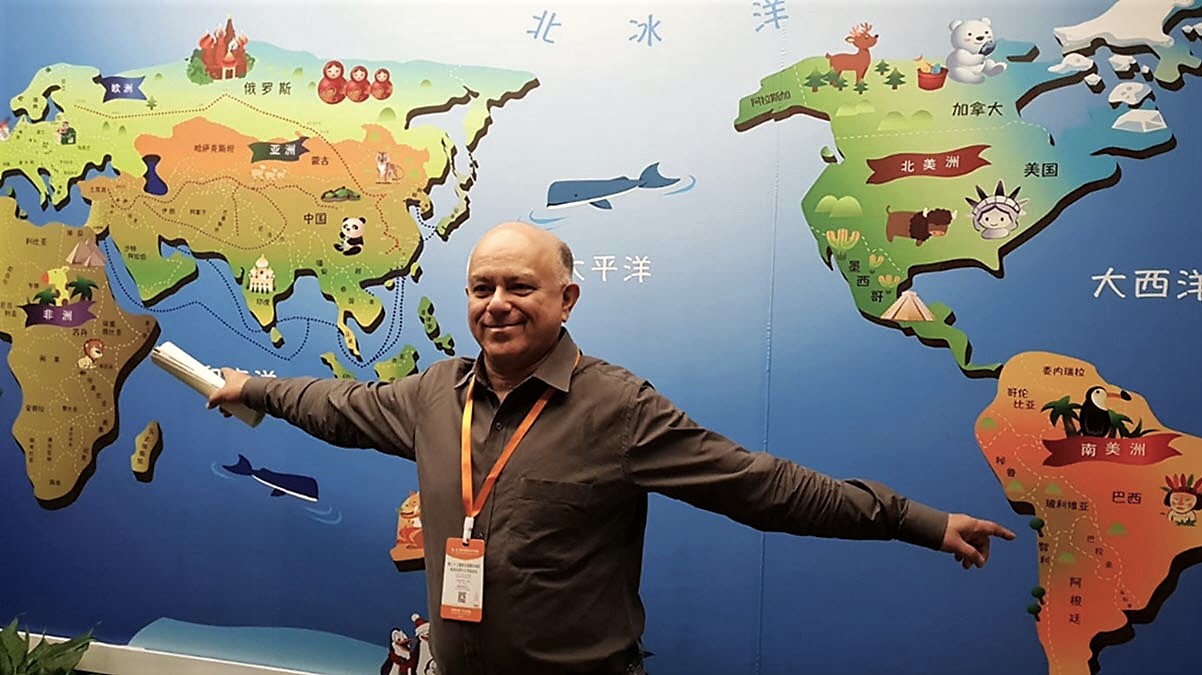
Never miss an episode
Subscribe wherever you enjoy podcasts:



